Home>Furniture & Design>Living Room Furniture>How To Sleep On A Recliner
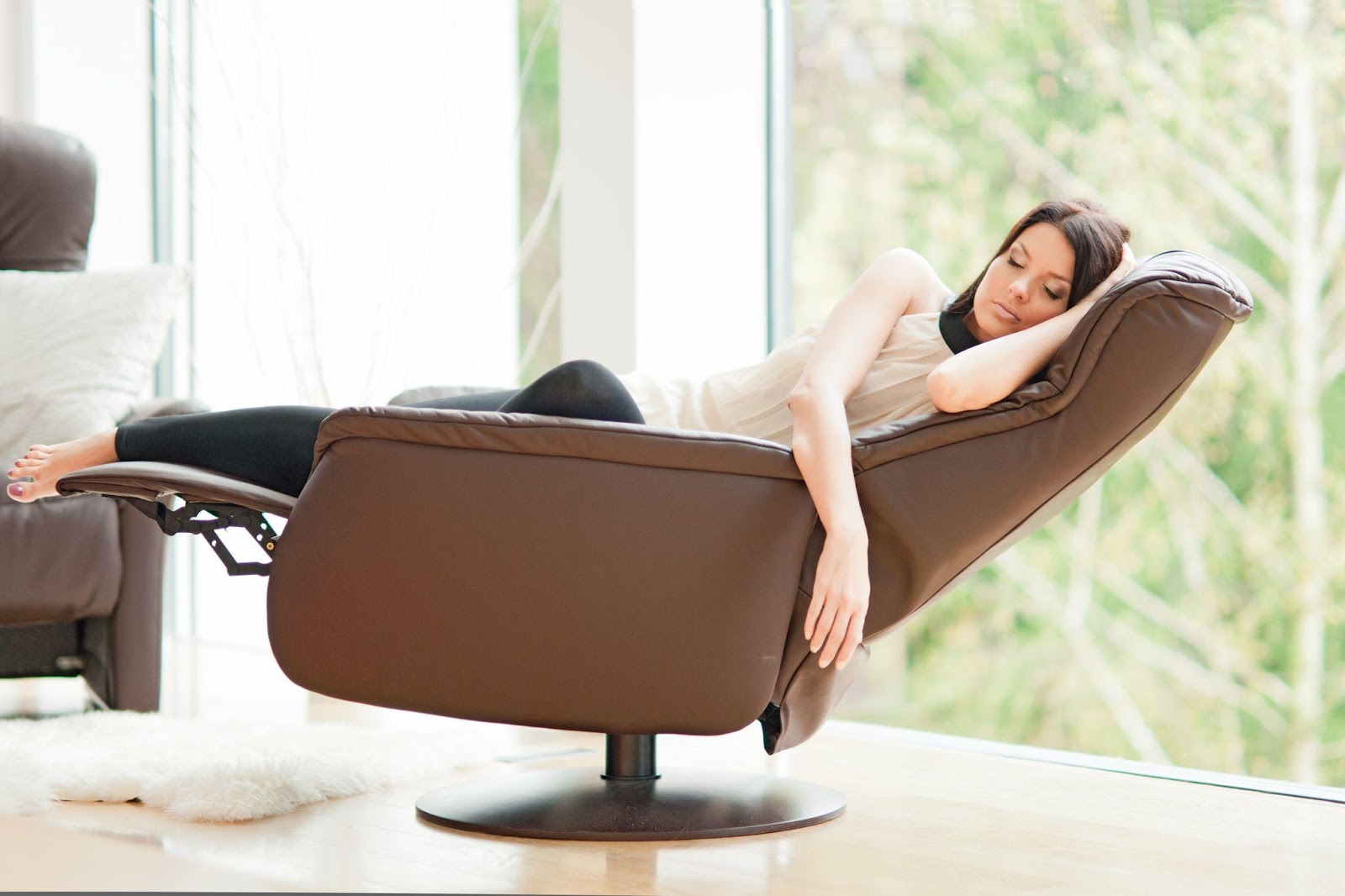

Living Room Furniture
How To Sleep On A Recliner
Modified: March 24, 2024
Discover the best tips on how to sleep comfortably on a recliner in your living room. Explore our furniture and design options for a restful night's sleep.
(Many of the links in this article redirect to a specific reviewed product. Your purchase of these products through affiliate links helps to generate commission for Storables.com, at no extra cost. Learn more)
Introduction
Welcome to the world of recliners – the ultimate combination of comfort and relaxation. While traditionally known for their use in living rooms and home theaters, recliners have also become a popular choice for those seeking a good night’s sleep. Sleeping on a recliner? Yes, you heard it right! In this article, we will explore the benefits of sleeping on a recliner, how to choose the right recliner for sleeping, and tips to enhance your comfort and sleep quality.
So why would someone choose to sleep on a recliner instead of a regular bed? While it may seem unconventional, there are actually several advantages to sleeping on a recliner. The ergonomic design of recliners allows for customized positioning, which can help alleviate various sleep-related issues such as back pain, snoring, and even sleep apnea. Additionally, recliners provide a gentle, soothing motion that can induce relaxation and promote a deeper sleep.
When it comes to choosing the right recliner for sleeping, there are a few factors to consider. Firstly, opt for a recliner that offers ample support for your body. Look for models with adjustable headrests, lumbar support, and leg rest extensions to ensure the perfect sleep position. It’s also important to consider the size and dimensions of the recliner, ensuring it accommodates your height and weight comfortably.
Key Takeaways:
- Recliners offer unique benefits such as alleviating back pain, reducing snoring, and promoting relaxation, making them a viable and comfortable alternative for a restful sleep experience.
- Choosing the right recliner, adjusting it for optimal sleep position, and creating a relaxing sleep environment are essential for maximizing comfort and enhancing sleep quality on a recliner.
Read more: How To Sleep In A Recliner
Benefits of Sleeping on a Recliner
Sleeping on a recliner offers numerous benefits that can improve your overall sleep quality and well-being. Let’s explore some of the advantages:
-
Alleviating back pain: Recliners provide excellent support for the back, allowing you to adjust the angle of recline to relieve pressure on the spine and reduce discomfort. Sleeping in a reclined position can help alleviate lower back pain and promote spine alignment. -
Reducing snoring and sleep apnea: Elevating your upper body by sleeping on a recliner can help open up airways, reducing snoring and symptoms of sleep apnea. The slight incline promotes better airflow, allowing you to breathe more easily throughout the night. -
Improving circulation: By elevating your legs on a recliner, you can enhance blood circulation and reduce swelling in the lower extremities. This can be particularly beneficial for individuals who suffer from leg cramps, varicose veins, or edema. -
Enhancing digestion: Sleeping in a slightly reclined position can aid in digestion by preventing acid reflux. This is especially helpful for individuals who experience heartburn or gastroesophageal reflux disease (GERD) when lying flat. -
Promoting relaxation and stress relief: The gentle rocking or swaying motion of a recliner can induce a sense of calm and tranquility, helping you drift off to sleep more easily. The comfort and support provided by a recliner can also reduce muscle tension and promote relaxation. -
Providing versatility and multi-purpose use: In addition to being a great sleeping option, recliners offer versatility and can be used for various activities such as reading, watching TV, or simply lounging. They serve as a multi-purpose furniture piece that adds comfort and functionality to your living space.
Overall, sleeping on a recliner can provide numerous health benefits, enhance the quality of your sleep, and improve your overall well-being. It’s important to note that while recliners offer advantages for certain sleep-related issues, they may not be suitable for everyone. Consulting with a healthcare professional can help determine if sleeping on a recliner is a suitable option for your specific needs.
Choosing the Right Recliner for Sleeping
When it comes to choosing a recliner specifically for sleeping purposes, there are a few factors you should consider to ensure the best comfort and support. Here are some key points to keep in mind:
- Size and dimensions: Consider the size of the recliner to ensure that it can comfortably accommodate your body. Pay attention to the seat width, depth, and height to ensure a proper fit. If you are taller or have a larger build, look for recliners with extended leg rests and wider seats for optimal comfort.
- Adjustability: Look for recliners that offer various adjustment options. Aim for models with adjustable headrests, lumbar support, and leg rest extensions. These features will allow you to customize the recline angle and find the most comfortable position for sleeping.
- Materials and upholstery: Choose a recliner made with high-quality materials for durability and comfort. Opt for upholstery that is soft and breathable, such as leather or microfiber, to ensure a comfortable sleep surface.
- Firmness and support: Check the firmness of the recliner’s cushions and padding. It’s important to strike a balance between support and comfort. A recliner that is too soft may not provide adequate support, while one that is too firm may be uncomfortable. Test out different models to find the right level of firmness for your needs.
- Recline mechanism: Consider the type of recline mechanism that best suits your preferences. Some recliners have manual levers or buttons, while others feature power recline options for added convenience. Choose a mechanism that is easy to operate and allows for smooth and seamless reclining.
- Budget: Set a budget for your recliner purchase and try to find a balance between quality and affordability. While it’s important to invest in a recliner that meets your needs, there are options available at various price points to suit different budgets.
Take your time to research different brands, read customer reviews, and test out recliners in-store to find the best fit for your sleeping requirements. Remember to prioritize comfort, support, and adjustability to ensure a restful and rejuvenating sleep experience.
Adjusting the Recliner for Optimal Sleep Position
Once you have chosen the right recliner for sleeping, it’s crucial to learn how to adjust it properly to achieve an optimal sleep position. Here are some key tips to help you adjust your recliner for a comfortable and restful sleep:
- Find the right recline angle: Experiment with different recline angles to find the most comfortable position for your body. Some people prefer a slightly reclined position, while others may feel more comfortable in a fully reclined position. Listen to your body and adjust the recline angle based on your personal preference.
- Elevate your legs: To promote better circulation and reduce swelling, consider elevating your legs by extending the recliner’s leg rest. This can help relieve pressure on your lower body and enhance blood flow.
- Support your back: Adjust the recliner’s lumbar support to ensure proper alignment of your spine. This will help alleviate back pain and provide support to your lower back. This adjustment can vary depending on personal preference, so find the level that feels most comfortable for you.
- Position your head and neck: Use the recliner’s adjustable headrest or a supportive pillow to maintain proper alignment of your head and neck. This will help prevent strain and discomfort during sleep. Avoid tilting your head too far forward or backward, as this can lead to neck and shoulder pain.
- Experiment with additional cushions: If necessary, use extra pillows or cushions to provide additional support and comfort. Place a pillow under your knees or lower back to alleviate pressure points or use a neck pillow for added neck support. These small adjustments can make a big difference in enhancing your sleep experience.
- Take breaks from the recliner: While sleeping on a recliner can offer many benefits, it’s important to alternate between your recliner and a regular bed to maintain a healthy sleep routine. Spending extended periods solely in a recliner may lead to muscle stiffness and discomfort. Aim to rotate your sleeping surfaces periodically.
Remember, adjusting your recliner for optimal sleep position is a personal process. Take the time to experiment and find the positions that provide the most comfort and support for your body. Listening to your body’s cues and making necessary adjustments will help you achieve a restful and rejuvenating sleep on your recliner.
Supporting Your Neck and Head
Proper support for your neck and head is essential for a comfortable and restful sleep on a recliner. Without adequate support, you may experience neck pain and discomfort. Here are some tips to ensure proper support for your neck and head when sleeping on a recliner:
- Adjust the headrest: Many recliners come with adjustable headrests that allow you to find the perfect position for your neck and head. Experiment with the different angles and heights until you find the one that provides the most support and alignment for your spine.
- Use a supportive pillow: If your recliner doesn’t have an adjustable headrest or you need extra support, consider using a supportive pillow specifically designed for neck support. Memory foam pillows or cervical pillows are great options as they contour to the shape of your neck and promote proper alignment.
- Position the pillow correctly: Place the pillow so that it supports the natural curve of your neck. The pillow should fill the gap between your neck and the recliner, providing support and preventing strain. Avoid using pillows that are too thick or too thin, as they can cause discomfort or misalignment.
- Consider a neck roll: A neck roll can provide additional support and help maintain the natural curvature of your neck. You can use a rolled-up towel or a specially designed neck roll pillow. Place it under your neck, just above your shoulders, to support the cervical spine and alleviate neck tension.
- Relax your neck muscles: Before settling into your recliner for sleep, take a few moments to relax your neck muscles. Gently stretch and rotate your neck, releasing any tension or tightness. This can help improve blood circulation and prepare your neck for a comfortable sleep position.
Remember that everyone’s preferences and comfort levels are different, so it may take some trial and error to find the perfect support for your neck and head. Pay attention to any discomfort or pain and make adjustments accordingly. By properly supporting your neck and head, you can have a more restful and comfortable sleep on your recliner.
Use a small pillow or rolled-up towel to support your lower back and keep your spine aligned while sleeping on a recliner. This can help prevent discomfort and promote better sleep.
Read more: What Is The Best Recliner To Sleep In
Keeping Your Body Aligned
Maintaining proper body alignment is crucial for a comfortable and healthy sleep on a recliner. When your body is aligned, it reduces the strain on your muscles and joints, allowing for a more restful sleep experience. Here are some tips to help you keep your body aligned while sleeping on a recliner:
- Align your spine: Ensure that your spine is aligned in a neutral position while reclining. When sitting or lying down, your spine should maintain its natural curves. Avoid slouching or arching your back, as this can lead to discomfort and strain on your muscles.
- Support your lower back: The lower back (lumbar region) requires adequate support to maintain proper alignment. Use a lumbar cushion or adjust the recliner’s lumbar support to provide the necessary support to your lower back. This helps prevent lower back pain and promotes a healthy spinal posture.
- Align your hips and knees: When reclining, ensure that your hips and knees are properly aligned. Place a pillow or cushion under your knees to maintain a slight bend, relieving pressure on your lower back. This alignment helps promote circulation and reduces strain on your joints.
- Align your shoulders: Pay attention to the position of your shoulders while reclining. Keep your shoulders relaxed and avoid hunching or rounding them forward. If needed, use a small cushion or roll-up a towel to provide additional shoulder support.
- Keep your feet supported: Ensure that your feet are properly supported while reclining. Use a footrest or ottoman to keep your feet elevated and prevent them from dangling or hanging unsupported. This helps improve circulation and reduces swelling.
- Check for pressure points: Regularly assess your body for any pressure points that may develop while reclining. Adjust your position or use additional cushions to relieve any discomfort caused by pressure on certain areas, such as the hips or shoulders.
Remember, maintaining proper body alignment is an ongoing process that may require some adjustments and experimentation. Listen to your body and make necessary modifications to ensure a comfortable and aligned sleep position. By keeping your body properly aligned, you can reduce the risk of pain, discomfort, and other sleep-related issues while sleeping on a recliner.
Enhancing Comfort with Pillows and Cushions
One of the keys to achieving optimal comfort while sleeping on a recliner is to use pillows and cushions strategically. By adding extra support and cushioning, you can create a cozy and customized sleep environment. Here’s how you can enhance your comfort with pillows and cushions:
- Head and neck support: Use a pillow specifically designed for neck support or a memory foam pillow to cradle your head and neck. This helps maintain proper alignment and reduces the risk of neck pain. Adjust the height or firmness of the pillow to suit your preferences and ensure maximum comfort.
- Lumbar support: Place a lumbar cushion, small pillow, or rolled-up towel behind your lower back to provide extra support and maintain the natural curve of your spine. This can help alleviate lower back pain and promote proper posture.
- Knee and leg support: Elevate your knees and legs by placing a pillow or cushion under them. This helps relieve pressure on your lower back and promotes better circulation. Experiment with different sizes and thicknesses to find the level of support that feels most comfortable for you.
- Arm and elbow support: If you tend to experience discomfort in your arms or elbows while reclining, consider using pillows or cushions to support them. Place a small cushion or rolled-up towel under your arms, providing a soft support surface and preventing strain.
- Whole-body support: For a fully immersive and comfortable sleep experience, consider using a body pillow or a large bolster. These long, cylindrical pillows can be positioned to support your whole body, from your head to your knees. They provide a sense of security and prevent you from shifting positions too frequently during sleep.
- Temperature regulation: Opt for pillows and cushions made with breathable materials to prevent overheating. Look for options with cooling properties or moisture-wicking fabrics that help regulate your body temperature during sleep.
Don’t be afraid to experiment with different combinations of pillows and cushions to find your ideal level of comfort. Adjust their placement and size until you achieve the perfect support for your body. Remember to regularly fluff and reshape your pillows to maintain their loft and effectiveness. By enhancing your comfort with pillows and cushions, you can create a personalized and cozy sleep environment on your recliner.
Creating a Relaxing Sleep Environment
Creating a relaxing sleep environment is essential for a restful and rejuvenating sleep on a recliner. By setting the right ambiance and eliminating distractions, you can optimize your sleep experience. Here are some tips to help you create a calming and peaceful sleep environment:
- Dim the lights: Lower the intensity of light in your sleep area to signal to your body that it’s time to wind down. Close the curtains or blinds to block out any external light sources, or use blackout curtains for a completely darkened room. Consider using a dimmable bedside lamp or nightlight to create a soothing ambiance.
- Choose soothing colors: Opt for calming and neutral colors for your bedroom decor. Shades of blue, green, or earth tones can promote a serene atmosphere conducive to sleep. Avoid bright and stimulating colors that may interfere with relaxation.
- Minimize noise: Reduce or eliminate any disruptive noise that may disturb your sleep. Use earplugs, a white noise machine, or a fan to create a consistent and soothing background noise. Alternatively, you can listen to soft, instrumental music or nature sounds to help you relax.
- Create a comfortable temperature: Ensure that the temperature in your sleep environment is conducive to sleep. Keep the room cool and well-ventilated, as a slightly cooler temperature can promote better sleep. Use breathable bedding materials and adjust the level of warmth to your preference.
- Clear your space: Declutter your sleep area to create a calm and organized environment. Remove any unnecessary items or distractions that may hinder relaxation. Keep your recliner area clean and free of clutter to promote a sense of tranquility.
- Use aromatherapy: Consider using essential oils or scented candles to enhance your relaxation. Lavender, chamomile, and jasmine are known for their calming properties. Use a diffuser or place a few drops on a cotton ball near your recliner to enjoy the soothing scents before sleep.
- Establish a bedtime routine: Develop a consistent bedtime routine to signal to your body that it’s time to unwind and prepare for sleep. Engage in relaxing activities such as reading, gentle stretching, or practicing deep breathing exercises. Avoid stimulating activities and electronic devices that emit blue light, as they can interfere with your sleep onset.
Creating a relaxing sleep environment is a personal process that requires attention to your individual preferences and needs. Experiment with different techniques and find what works best for you. By setting the stage for relaxation and tranquility, you can enhance your sleep quality and make the most out of your recliner sleeping experience.
Tips for Falling Asleep on a Recliner
While sleeping on a recliner can offer comfort and unique benefits, it may require some adjustments to help you fall asleep more easily. Here are some tips to help you get the most restful sleep on your recliner:
- Establish a bedtime routine: Develop a routine that signals to your body that it’s time to sleep. Engage in relaxing activities such as reading a book, listening to calming music, or practicing gentle stretching. Consistency is key in training your body to associate these activities with sleep.
- Create a comfortable environment: Make sure your recliner and its surroundings are conducive to sleep. Adjust the recline angle, position supportive pillows or cushions, and use soft and breathable bedding materials. Ensure your sleep area is cool, dark, and quiet, minimizing any potential distractions.
- Limit daytime napping: If you find it challenging to fall asleep on your recliner at night, consider limiting daytime napping. Long or late afternoon naps can disrupt your natural sleep-wake cycle and make it harder to fall asleep at night. If you feel the need to nap, keep it to a short duration and earlier in the day.
- Avoid stimulating substances: Limit your consumption of caffeine, nicotine, and alcohol, especially in the evening. These substances can interfere with your ability to fall asleep and may disrupt your sleep quality. Opt for herbal tea or decaffeinated beverages instead.
- Practice relaxation techniques: Prior to bedtime, engage in relaxation techniques to calm your mind and body. Deep breathing exercises, progressive muscle relaxation, or meditation can help reduce stress and promote a state of relaxation conducive to sleep.
- Manage your stress levels: Stress and anxiety can make it difficult to fall asleep. Find healthy ways to manage your stress, such as journaling, practicing mindfulness, or talking to a trusted friend or therapist. By addressing and minimizing stress, you can create a more relaxed mindset for sleep.
- Avoid electronics before bed: The blue light emitted by electronic devices can interfere with your sleep-wake cycle. Avoid using smartphones, tablets, or laptops at least an hour before bed. Instead, engage in calming activities that promote relaxation.
- Find your ideal sleep position: Experiment with different recline angles and positions until you find the most comfortable sleep position for your body. Customize the support with pillows or cushions to align your spine and relieve pressure points.
- Keep a sleep schedule: Aim to go to bed and wake up at the same time every day, even on weekends. This helps regulate your body’s internal clock and can train your body to fall asleep more easily on your recliner.
Remember, falling asleep on a recliner may take some time to adjust to. Be patient with yourself and give your body time to adapt to the new sleep surface. By implementing these tips and making adjustments that suit your personal preferences and needs, you can improve your sleep quality and enjoy a restful night’s sleep on your recliner.
Conclusion
Sleeping on a recliner can be a great alternative to traditional beds, offering unique benefits and a sense of comfort and relaxation. Whether you’re dealing with back pain, snoring, or simply looking for a cozy spot to rest, a recliner can provide the perfect sleep environment. In this article, we explored the benefits of sleeping on a recliner, the importance of choosing the right one, and tips to enhance your comfort and sleep quality.
By sleeping on a recliner, you can experience numerous advantages such as alleviating back pain, reducing snoring and sleep apnea, improving circulation, enhancing digestion, promoting relaxation, and enjoying versatile usage. However, it’s essential to choose a recliner that fits your body and provides the necessary support. Consider factors like size, adjustability, materials, and firmness to find the right recliner for your sleep needs.
Adjusting your recliner for optimal sleep position is also crucial, ensuring proper alignment of your spine, supporting your neck and head, and keeping your body aligned. Use pillows, cushions, and additional support to enhance comfort and create a personalized sleep environment. By creating a relaxing sleep environment, you can set the stage for a restful sleep, minimizing distractions, and promoting relaxation.
Implementing tips like establishing a bedtime routine, managing stress levels, avoiding stimulating substances, and finding your ideal sleep position can help you fall asleep more easily on a recliner. Additionally, maintaining a consistent sleep schedule and limiting daytime napping can regulate your body’s sleep-wake cycle and promote deeper and more rejuvenating sleep.
In conclusion, sleeping on a recliner can be a viable and comfortable sleep option. By selecting the right recliner, adjusting it for optimal sleep position, enhancing comfort with pillows and cushions, and creating a relaxing sleep environment, you can enjoy a restful and rejuvenating sleep experience on your recliner. Remember, listening to your body and making adjustments based on your personal preferences and needs is key to optimizing your sleep on a recliner. So, dive into the world of recliner sleep and experience the comfort and relaxation it can bring to your nights.
Frequently Asked Questions about How To Sleep On A Recliner
Was this page helpful?
At Storables.com, we guarantee accurate and reliable information. Our content, validated by Expert Board Contributors, is crafted following stringent Editorial Policies. We're committed to providing you with well-researched, expert-backed insights for all your informational needs.


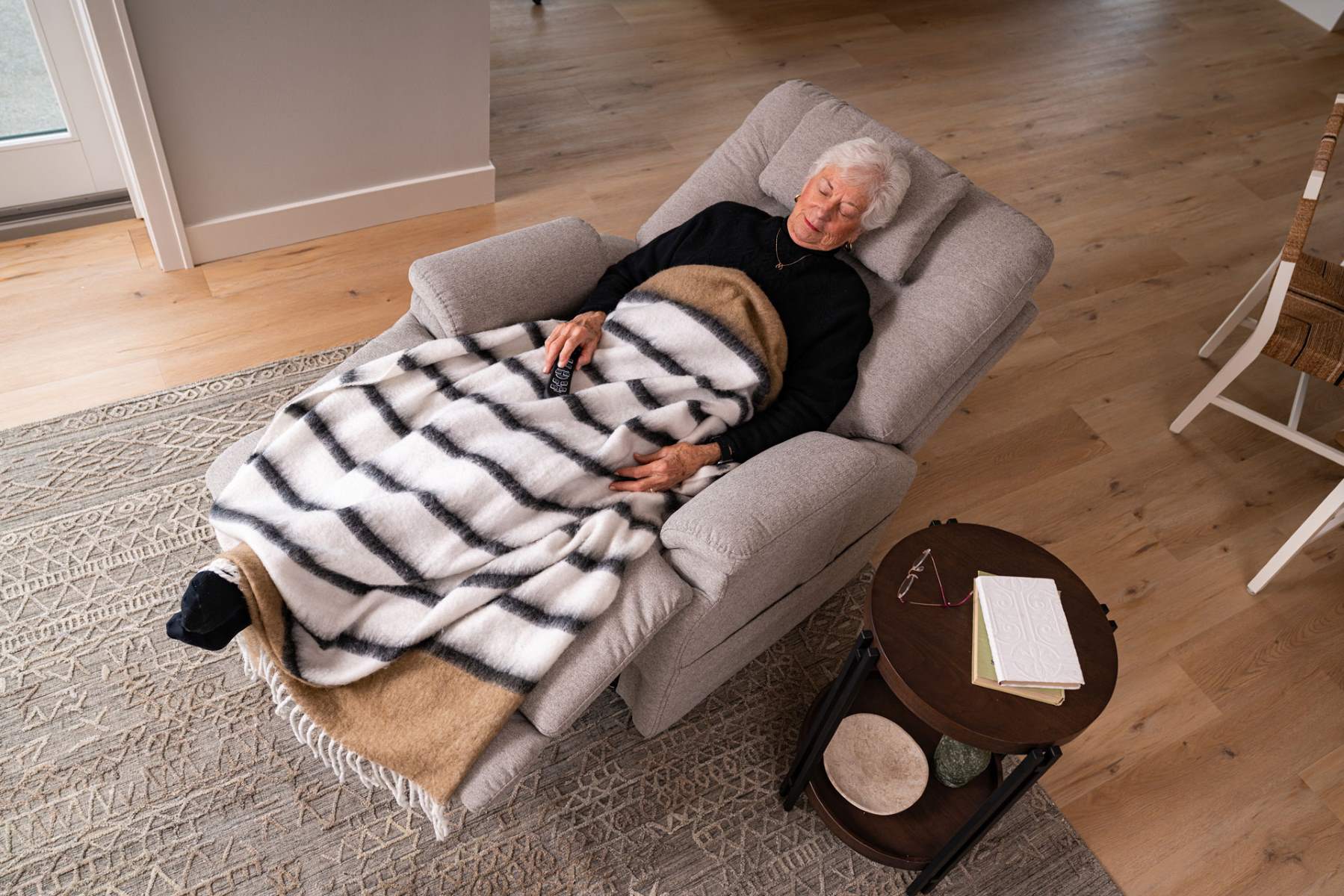
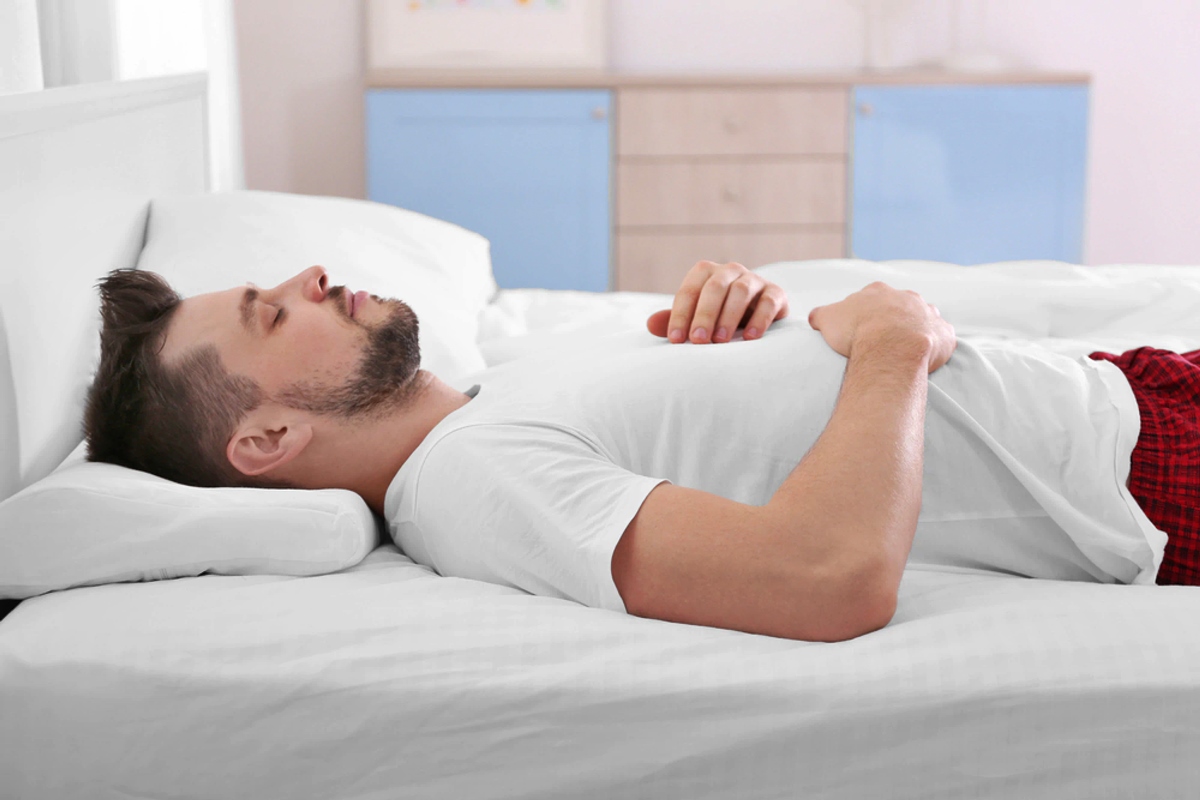
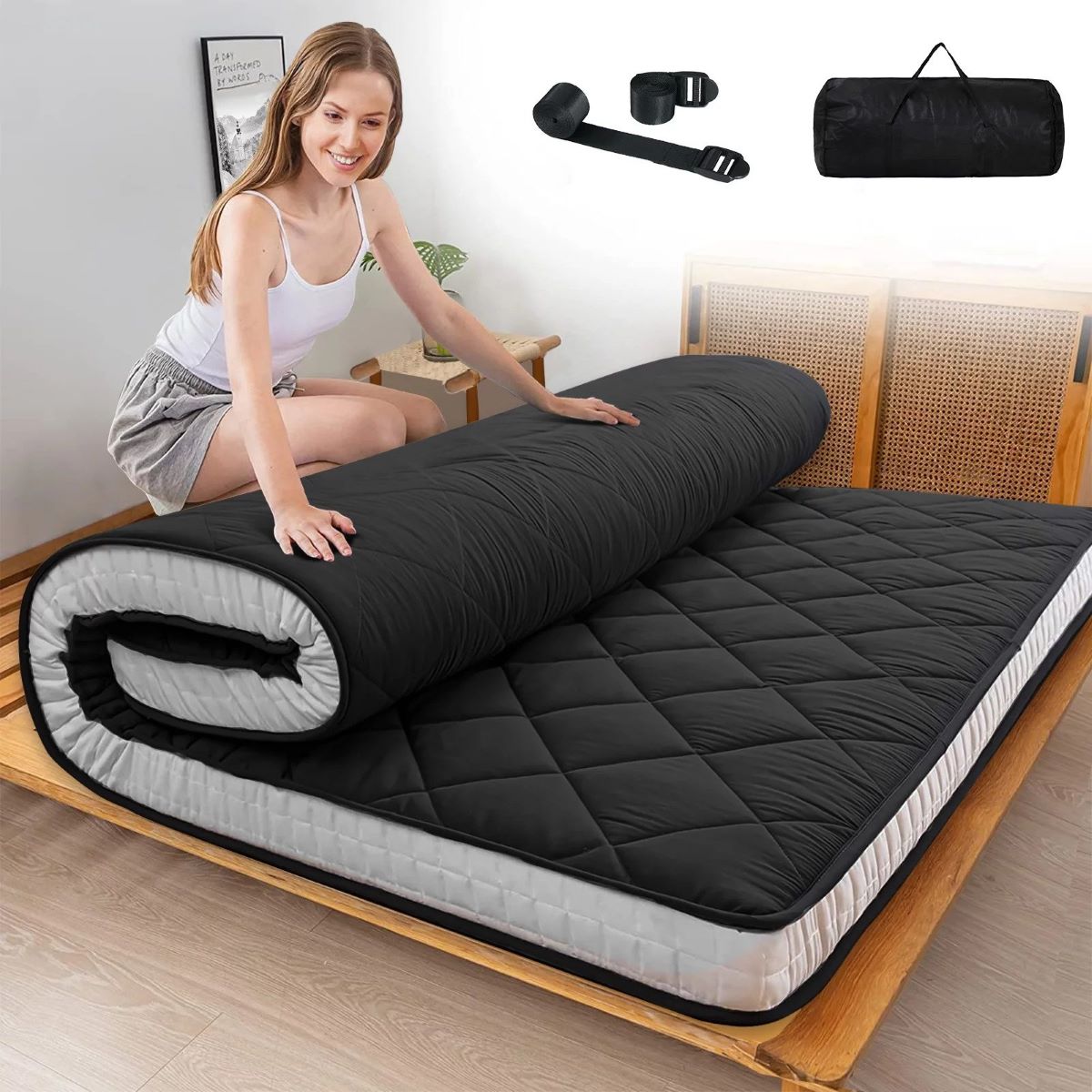
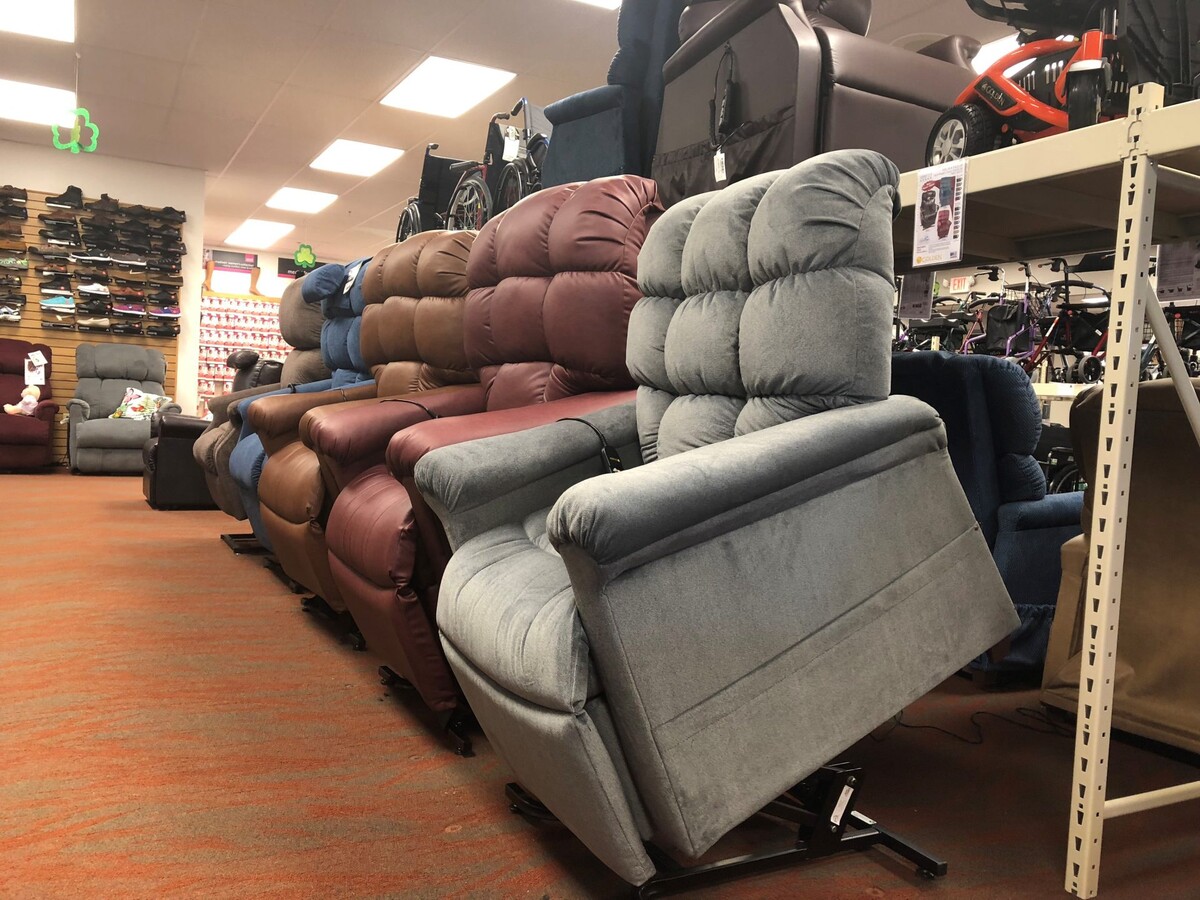
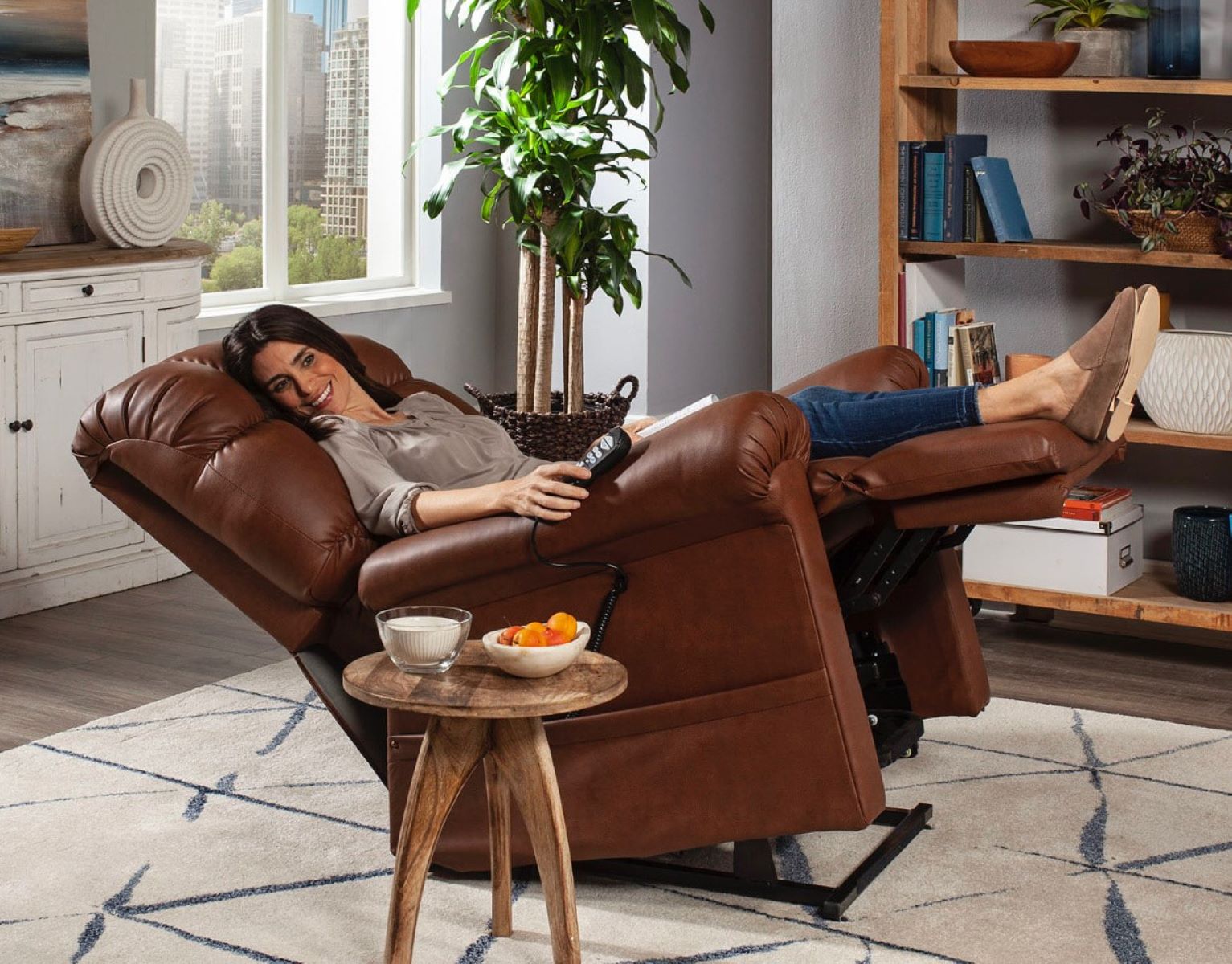
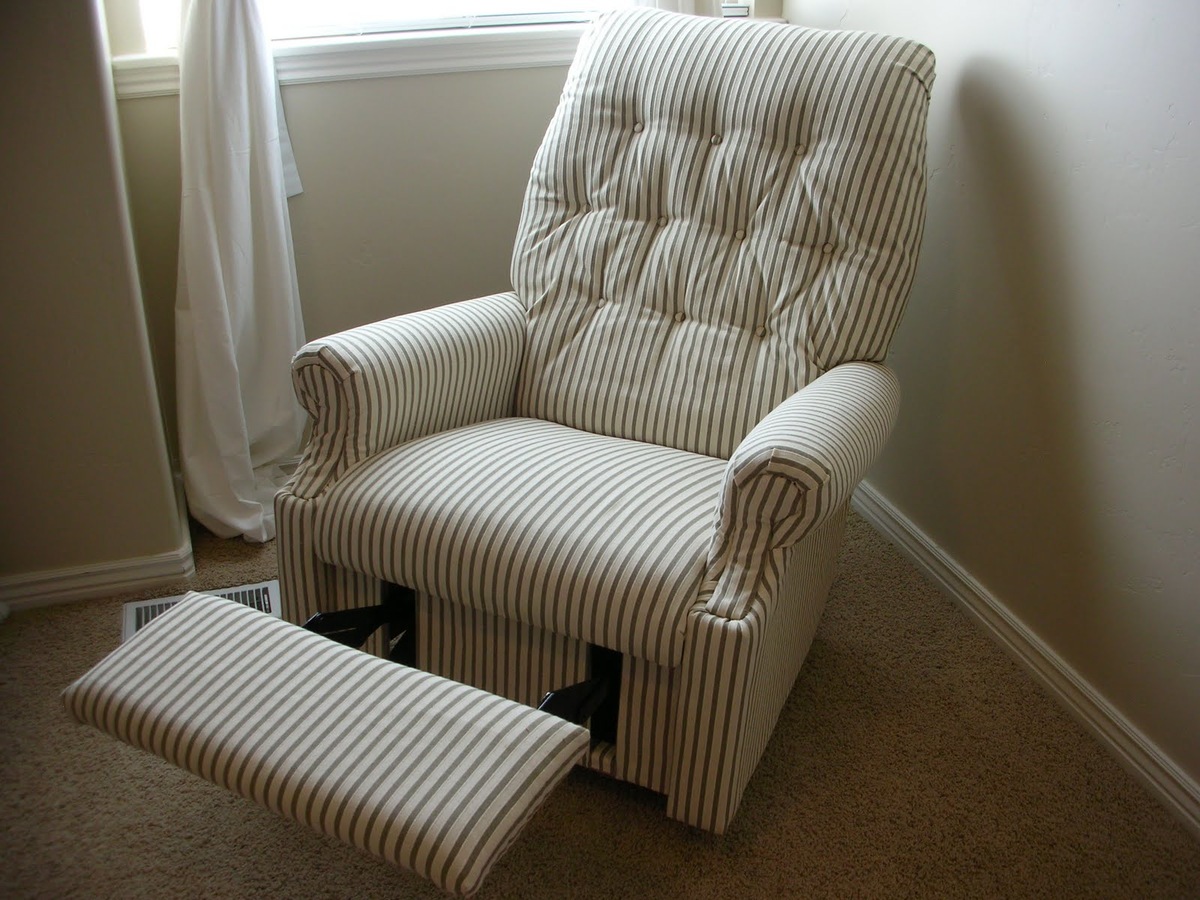
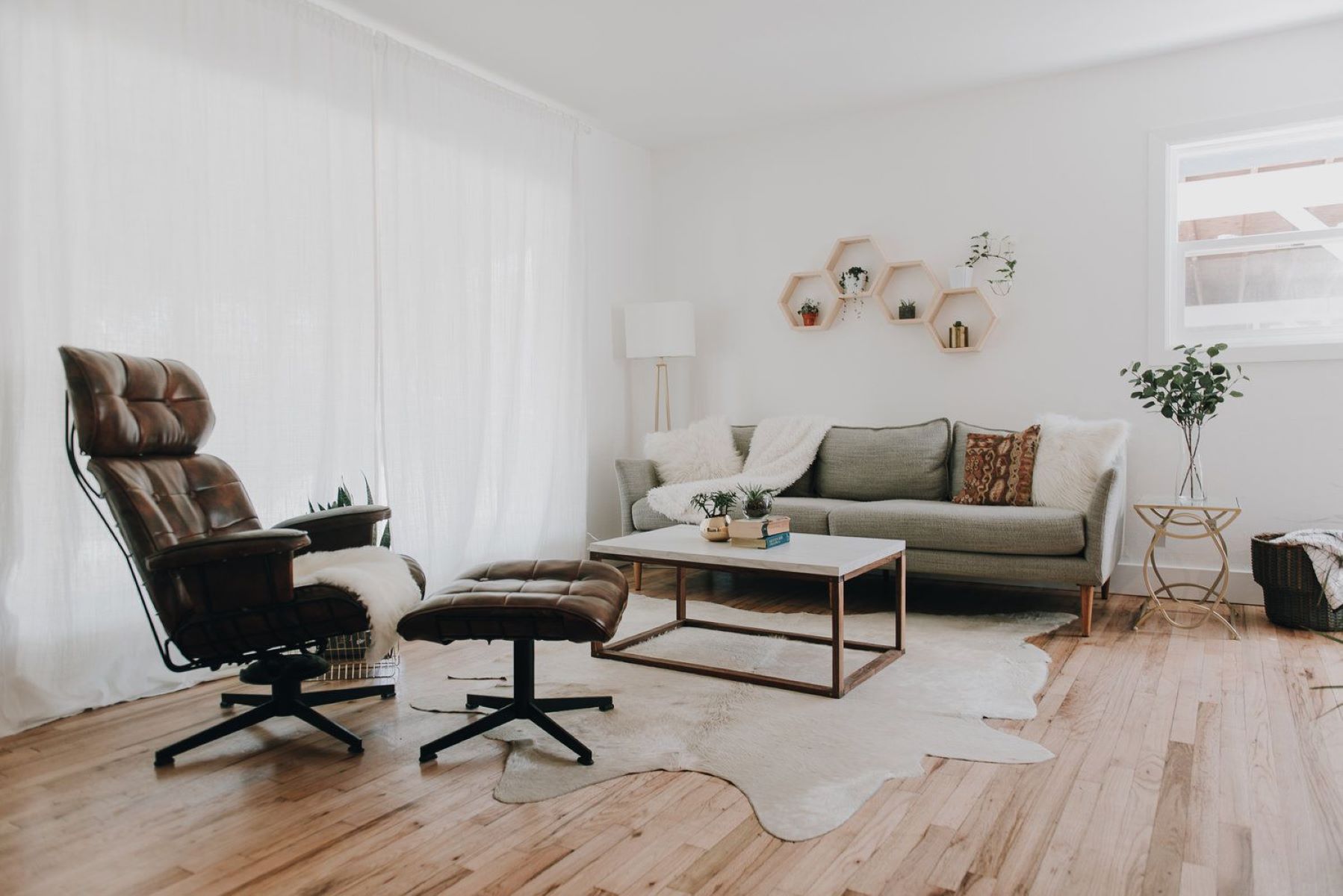
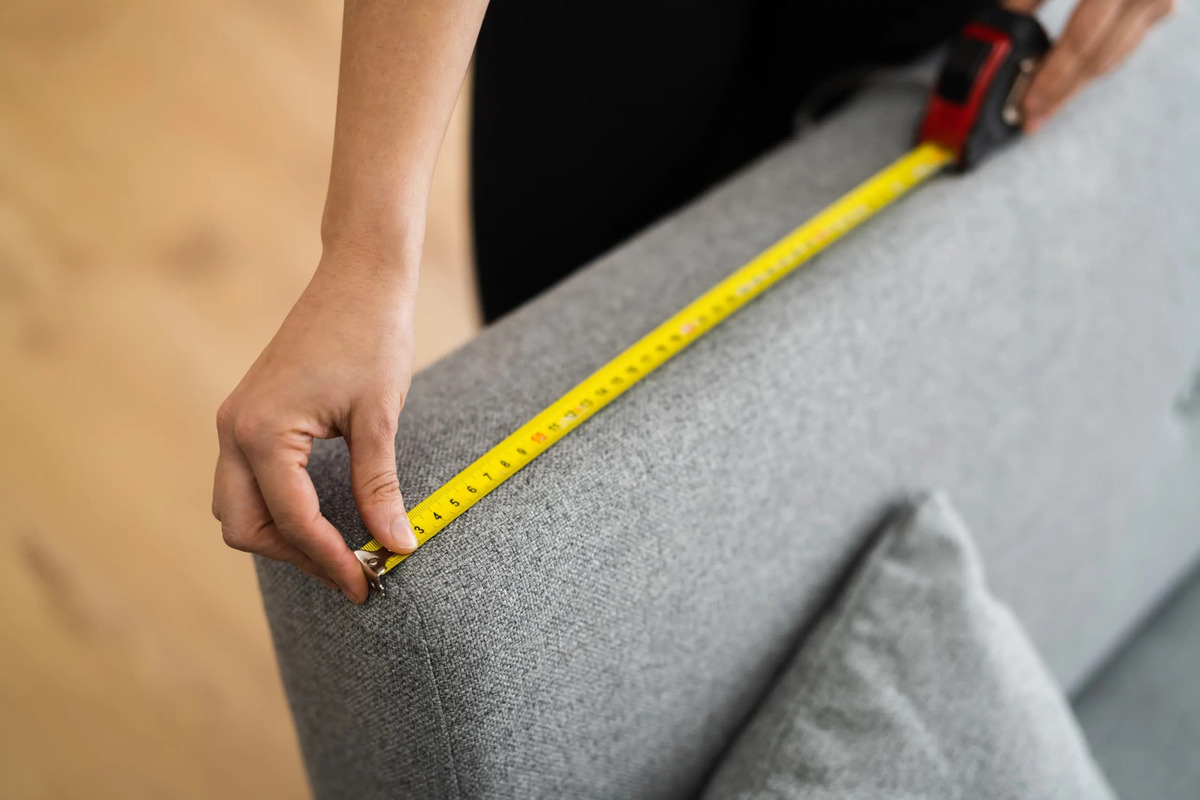
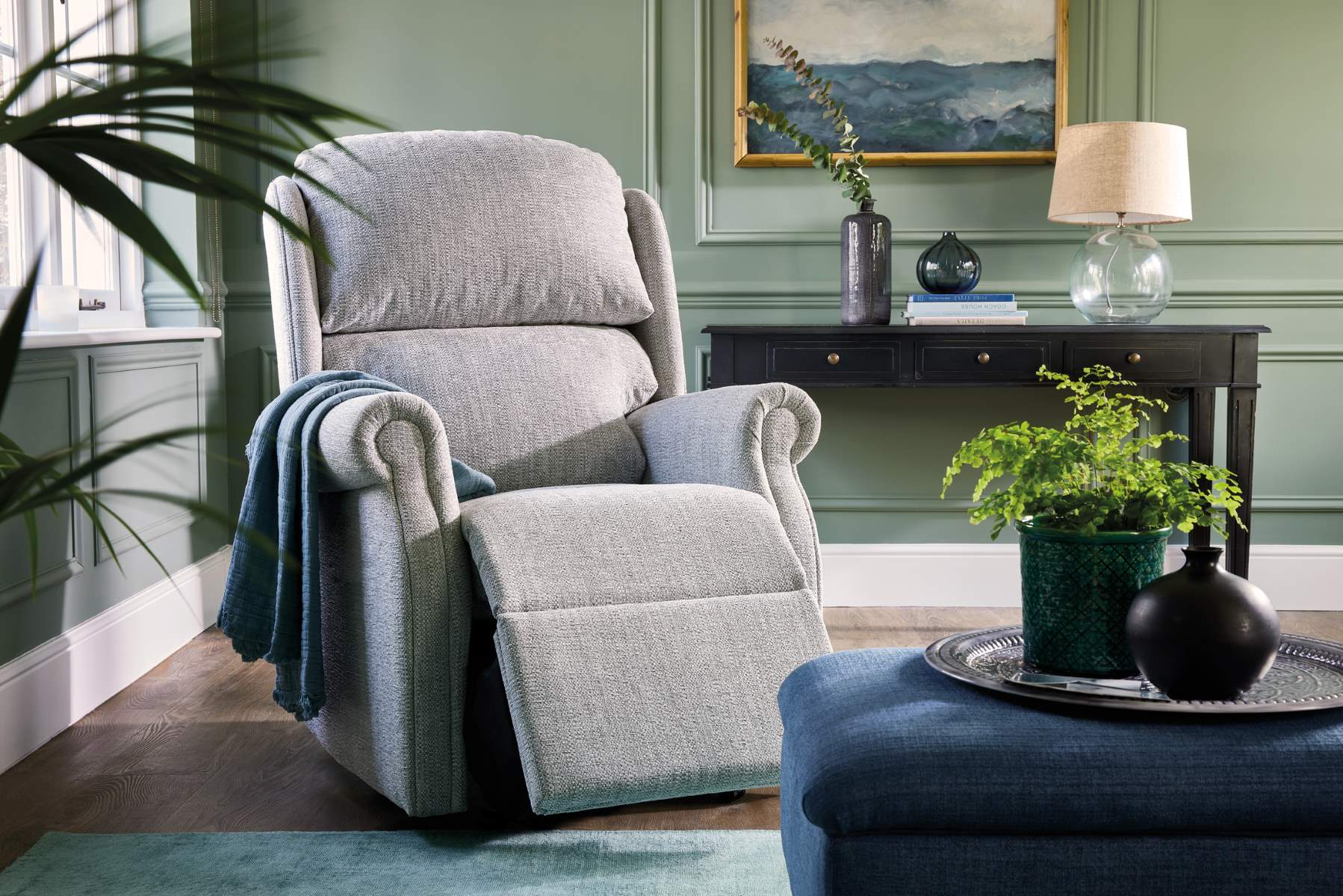
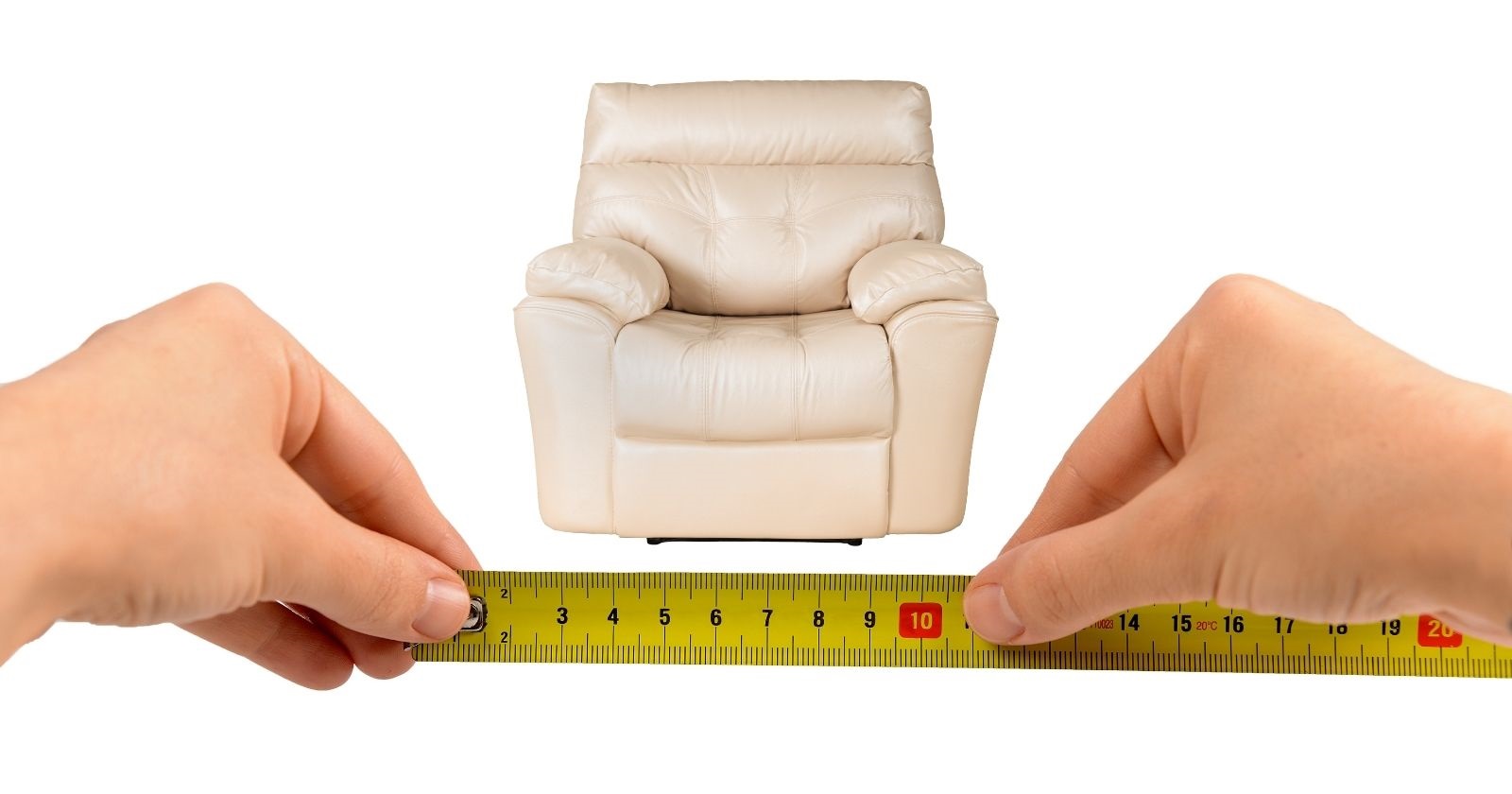


0 thoughts on “How To Sleep On A Recliner”